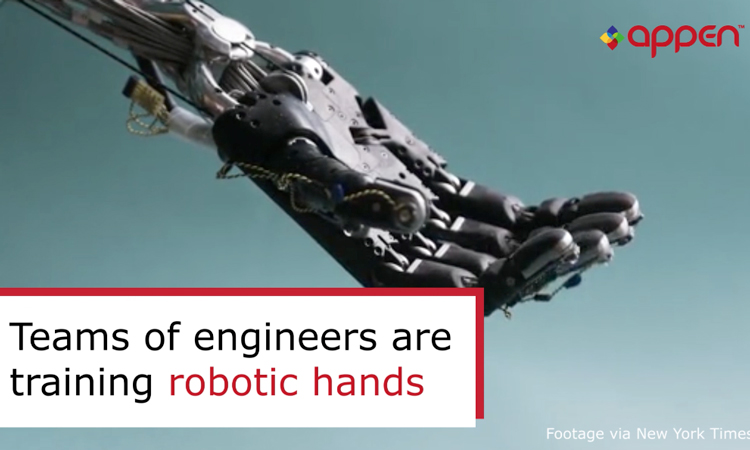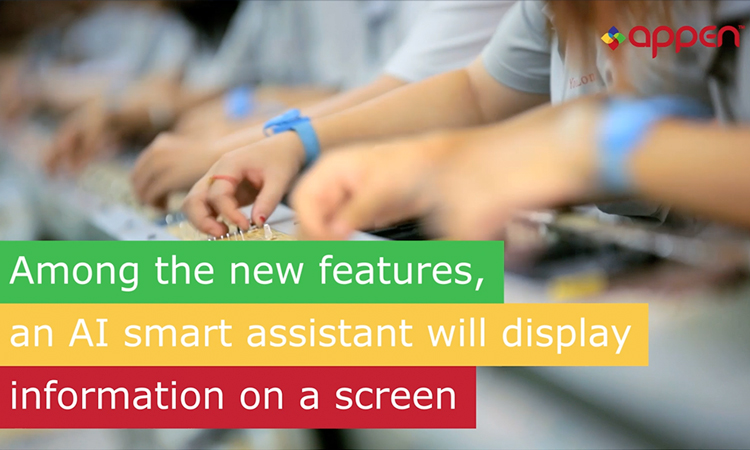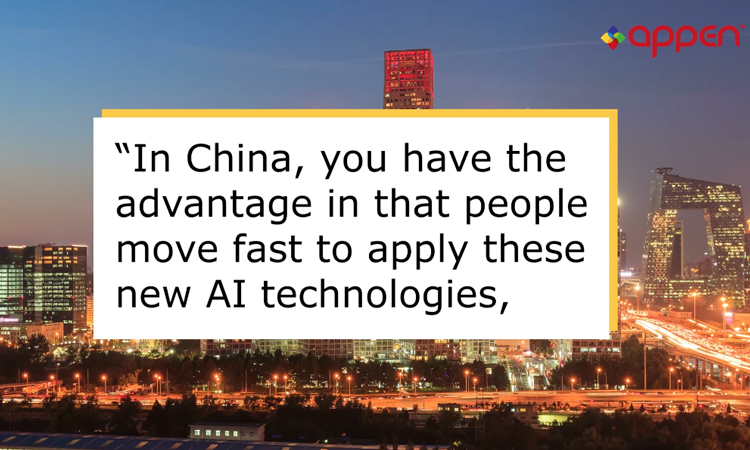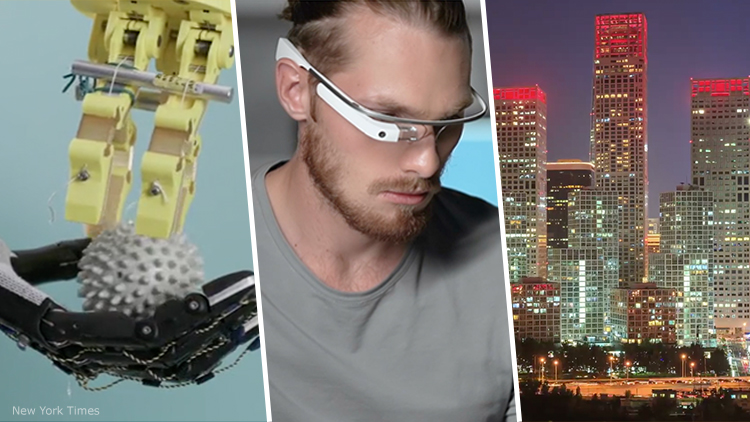Robotic hands
Teams of scientists are training robotic hands to perform complex tasks. In an article by The New York Times, AI engineering hardware is shown completing functions that mimic human actions. The world’s leading labs for AI engineering include: OpenAI, AutoLab, and BAIR (Berkeley Artificial Intelligence Research). Over the last few years, robotic hands have evolved to perform simple movements that can grip, spin, and pick up physical objects. However, the latest achievements in mathematics-based machine learning have allowed the instruments to perform much more complicated tasks. For example, OpenAI built a robotic hand named Dactyl. In contrast to earlier versions of hardware that use pincers or suction cups, Dactyl can control five machine fingers similar to the human hand. Dactyl’s software also enables it to recognize unique symbols and colors. With further advancements in engineering, these machines could become useful for automated tasks in manufacturing and transportation. Read more and view footage of the robotic hands at The New York Times
Read more and view footage of the robotic hands at The New York Times
Google Glass
Google Glass is back, but this time in a much more specialized way. Futurism reports that the smart headset is being revived for applications in manufacturing. In contrast to its initial introduction as wearable hardware for the mass-consumer market, “Google Glass Enterprise Edition” will be designed for workers in industrial factories. Among the new features, an AI smart assistant will display information on a screen or over voice command. Technical directors for Google Cloud will work with Platain to develop the AI software. Platain specializes in “smart industrial IoT software for manufacturing optimization” and delivers “AI-driven, actionable insights for discrete manufacturing.” The technology could also be useful for increasing productivity. Powered by artificial intelligence algorithms, facial-recognition technology will enable managers to oversee employees through the headset. Read more about Google Glass’ revival at futurism.com
Read more about Google Glass’ revival at futurism.com
China embraces artificial intelligence
Intel’s Jason Dai spoke about China’s approach to artificial intelligence on Ben Lorica’s The O’Reilly Data Show Podcast: “In China, you have the advantage in that people move fast to apply these new AI technologies. Companies here have access to large amounts of data, and there are many use cases across industries and the public sector…People here think they can always iterate and refine their approaches, and we see a lot of new technology getting put into practice very quickly.” Jason Dai is a Sr. Principal Engineer at Intel. As the CTO of the company’s Big Data Technologies team, Mr. Dai leads “engineers and data scientists located in both Silicon Valley and Shanghai.” Ben Lorica is O’Reilly Media’s top data scientist. As the host of The O’Reilly Data Show Podcast, Mr. Lorica “explores the opportunities and techniques driving big data, data science, and AI.” Mr Dai’s comments reinforce a report by investors Nathan Benaich and Ian Hogarth. The document titled The State of Artificial Intelligence in 2018: A Good Old Fashioned Report argues that Chinese tech firms have the capability of surpassing the US in AI prowess within the next 10 years. Read more and listen to the podcast at oreilly.com
—If you enjoyed our roundup about Artificial Intelligence and Machine Learning Industry News: Robot Hands, Google Glass, and AI in China, visit our solutions page to learn more about Appen’s high-quality training data for machine learning.
Read more and listen to the podcast at oreilly.com
—If you enjoyed our roundup about Artificial Intelligence and Machine Learning Industry News: Robot Hands, Google Glass, and AI in China, visit our solutions page to learn more about Appen’s high-quality training data for machine learning. 










